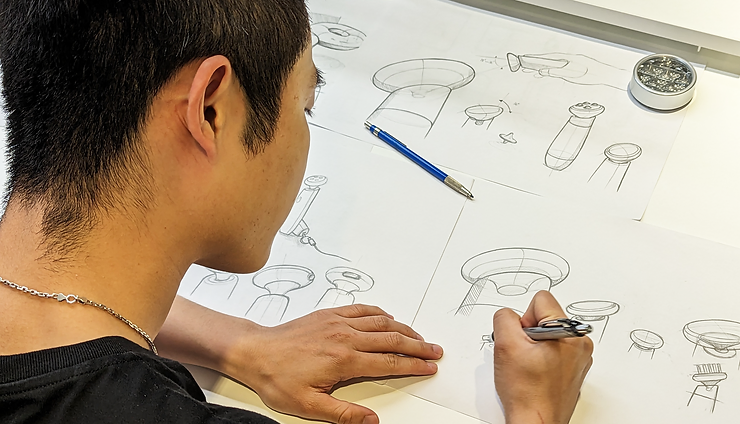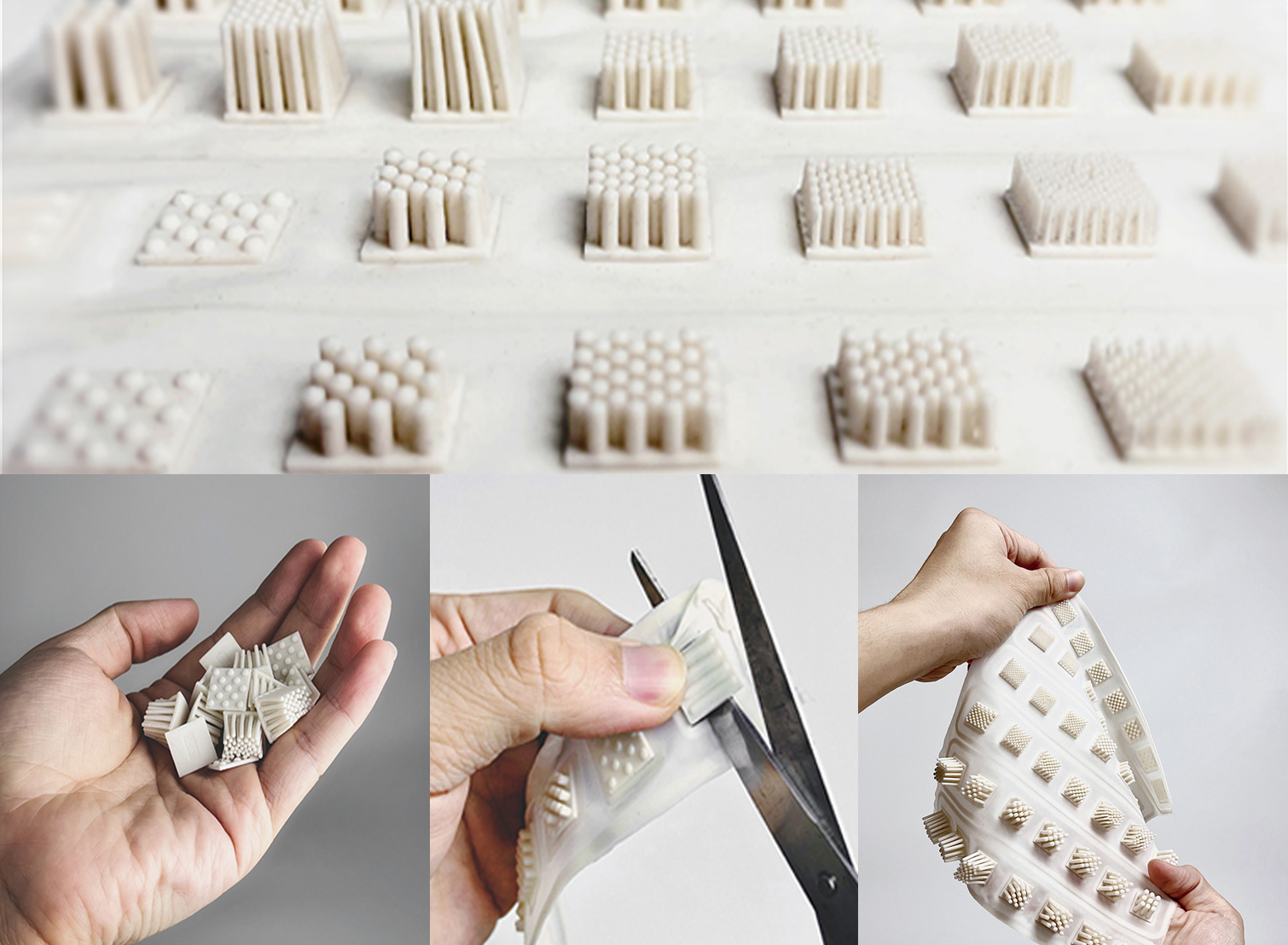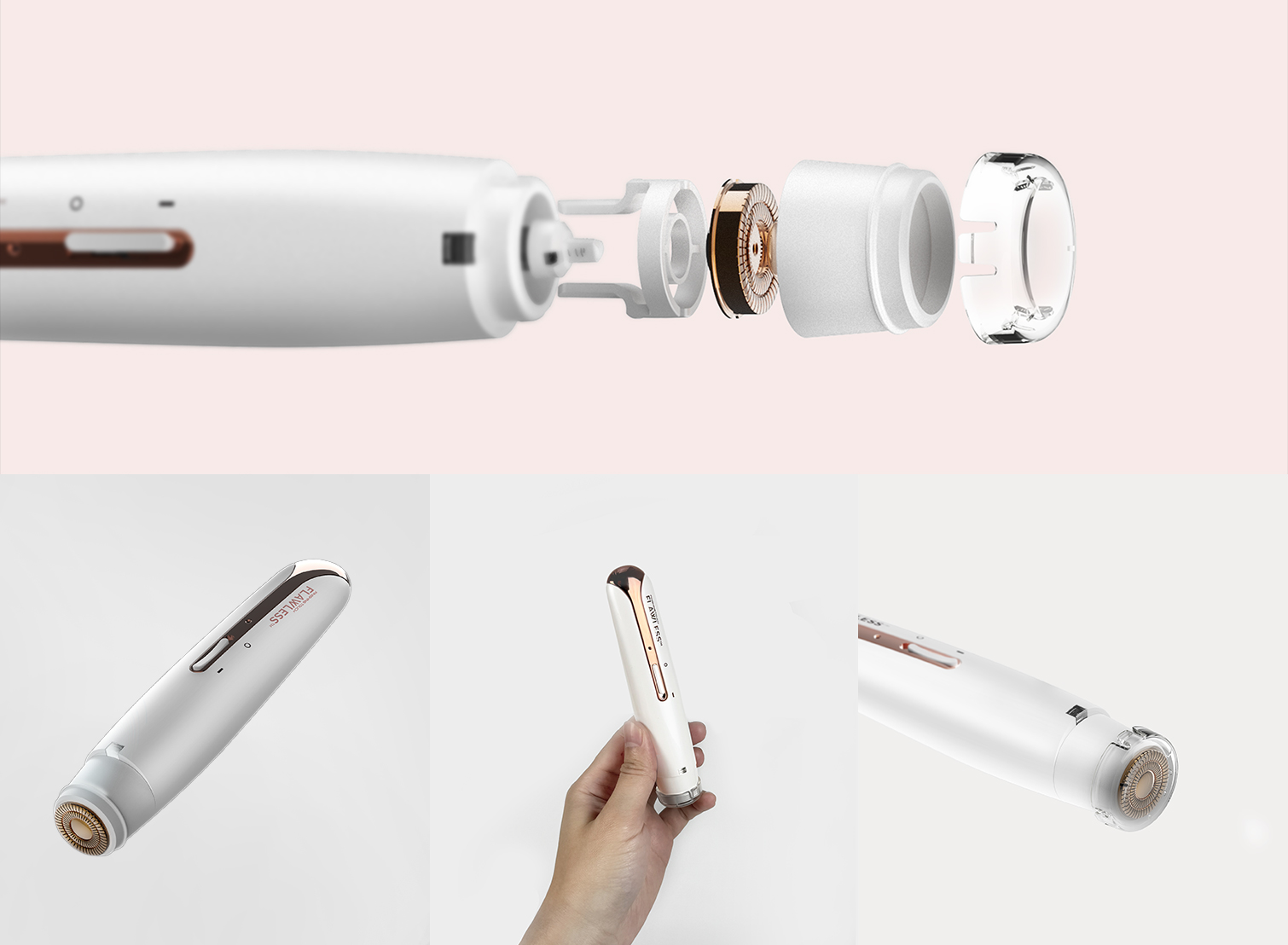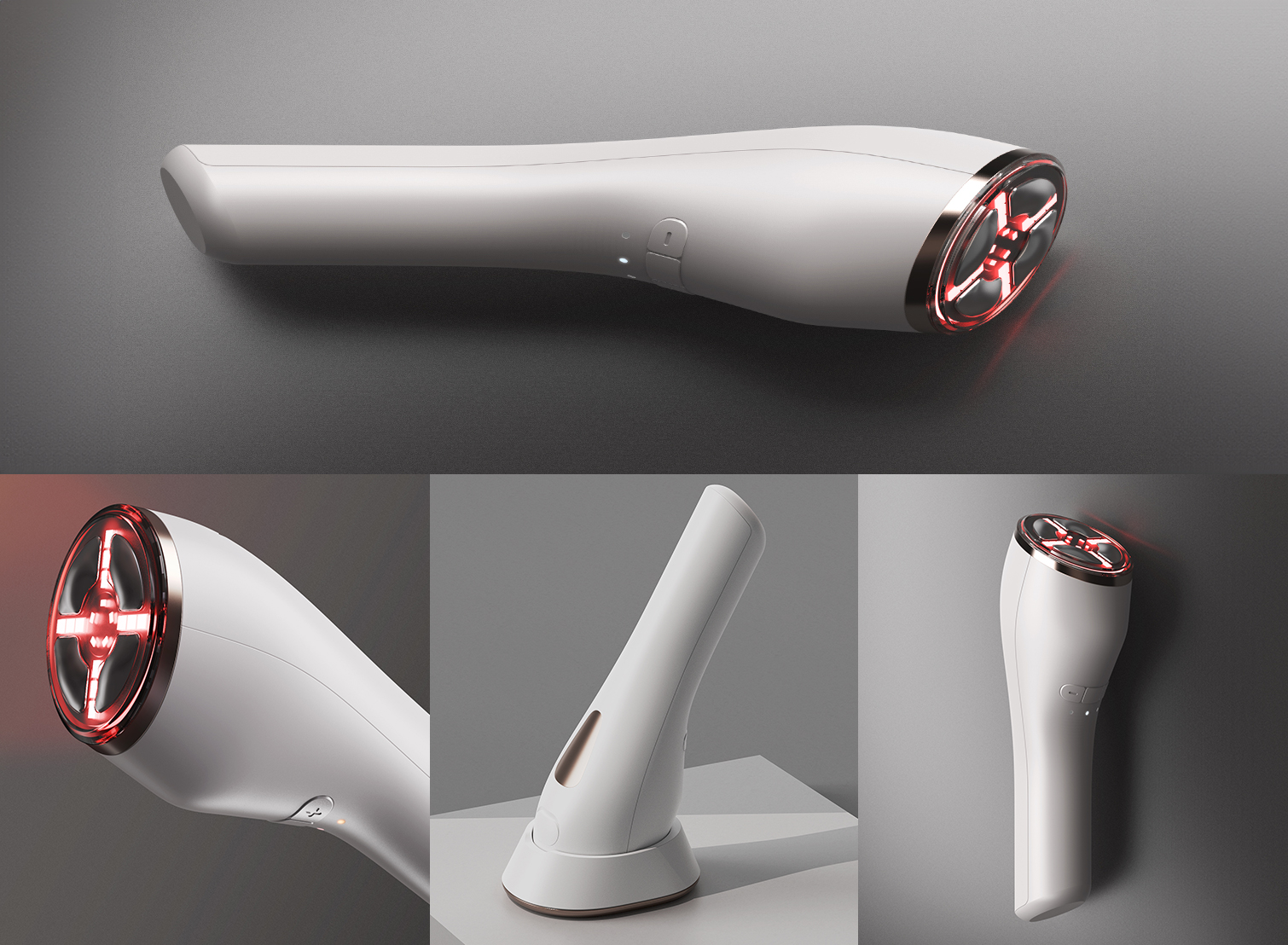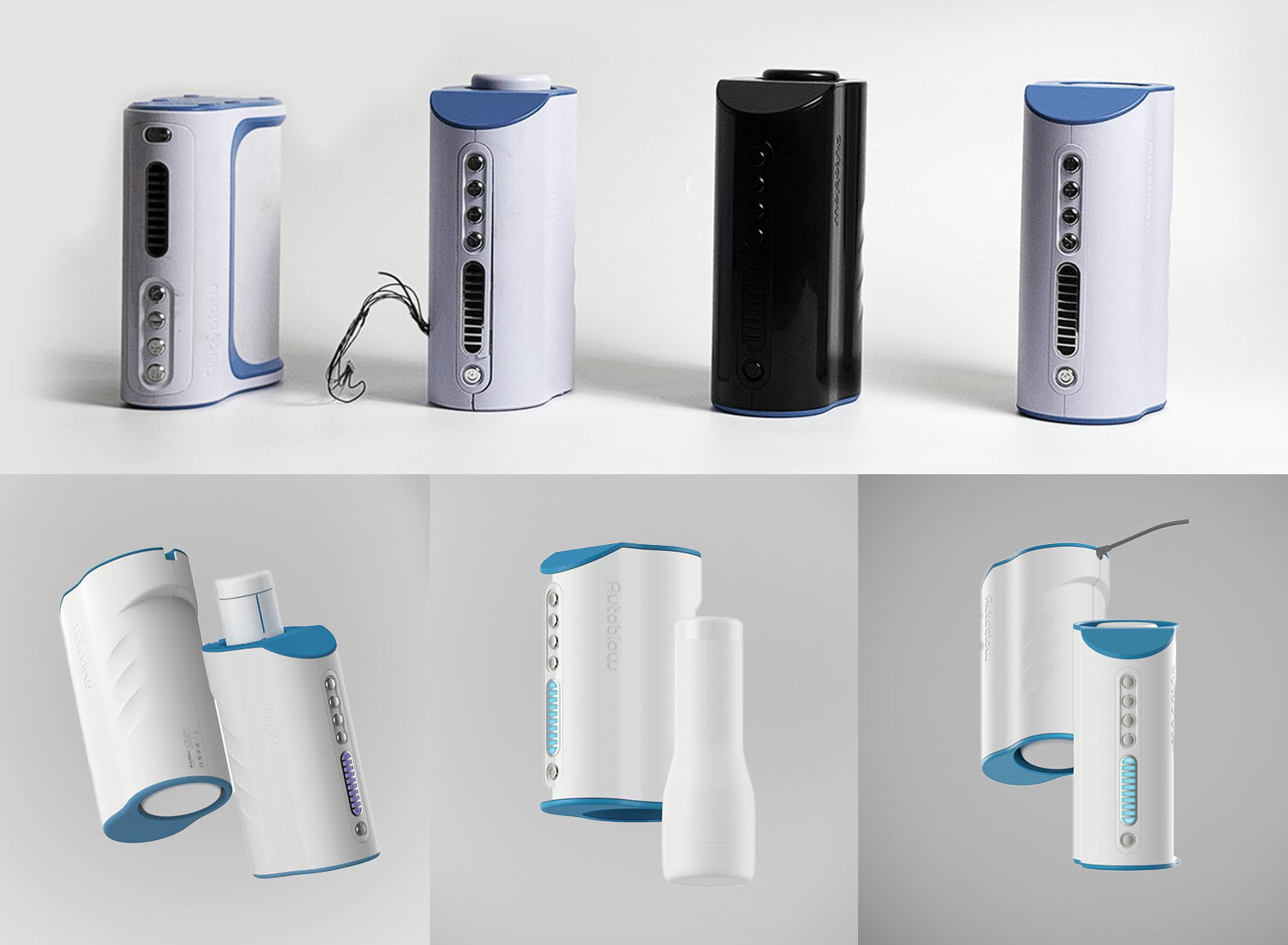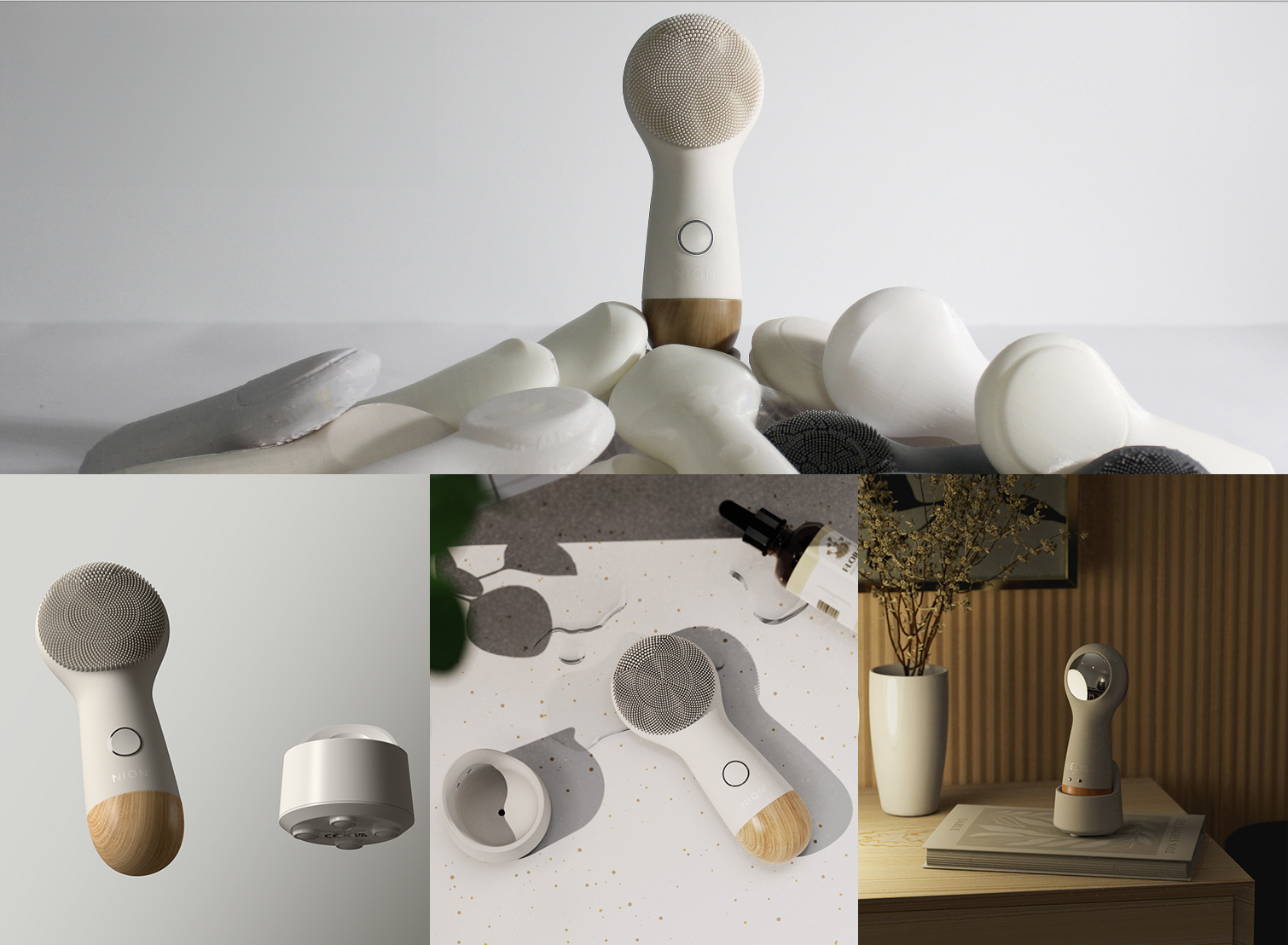In today’s competitive market, success hinges on how well great ideas are carried out and executed. Designers are a key part of this process with the responsibility of using compelling designs to captivate users and drive business growth. Designers blend artistry with technical expertise to create products that resonate deeply with their audience.
Designers help turn abstract concepts into tangible, aesthetically pleasing products that align with user needs. However, their role extends far beyond just making things look good. Designers collaborate closely with product managers, engineers, marketers, and UX researchers to ensure that the final product strikes the perfect balance between functionality, usability, and visual appeal. Their contribution involves everything from initial concept sketches, to developing detailed prototypes and ensuring design feasibility. By integrating various perspectives, designers help create products that meet business goals while delighting users.
Understanding User Needs and Market Trends
Every successful design journey starts with a deep understanding of the user. Designers immerse themselves in research, using methods like user interviews, surveys, and usability testing to gain valuable insights. This research goes beyond surface-level observations, allowing designers to empathize with users and anticipate market trends. This deep understanding enables them to create products that truly resonate with both the users and the broader market.
Creating User-Centric Designs
A user-centered approach is at the core of a designer’s work. By focusing on the user’s goals, behaviors, and preferences, designers craft intuitive interfaces, seamless interactions, and visually appealing aesthetics. This ensures that the final product not only meets functional requirements but also creates a memorable user experience that fosters loyalty. This approach involves designing products that not only function well but also evoke a positive emotional response in users, leading to long-term engagement and brand loyalty.
Key Responsibilities of Designers in Product Development
- Collaborating with Cross-Functional Teams
- Designers serve as the bridge between various teams, from engineering to marketing. They work closely with engineers to ensure design feasibility and with marketers to align product aesthetics with branding strategies. This collaboration is crucial in avoiding misalignment and ensuring a cohesive product vision.
- Designers serve as the bridge between various teams, from engineering to marketing. They work closely with engineers to ensure design feasibility and with marketers to align product aesthetics with branding strategies. This collaboration is crucial in avoiding misalignment and ensuring a cohesive product vision.
- Visual Communication and Prototyping
- Visual communication is one of a designer’s most powerful tools. Through sketches, wireframes, and mockups, designers translate complex ideas into understandable visuals that guide the product development process. Prototyping further allows for early user testing and validation, ensuring that the product evolves based on real user feedback.
- Visual communication is one of a designer’s most powerful tools. Through sketches, wireframes, and mockups, designers translate complex ideas into understandable visuals that guide the product development process. Prototyping further allows for early user testing and validation, ensuring that the product evolves based on real user feedback.
- Iterative Design Process
- Designers embrace an iterative approach, continuously refining the product based on user feedback and emerging trends. This process involves rigorous testing, analyzing user behavior, and making necessary adjustments. The result is a product that evolves to meet user expectations and stays ahead of the competition.
- Designers embrace an iterative approach, continuously refining the product based on user feedback and emerging trends. This process involves rigorous testing, analyzing user behavior, and making necessary adjustments. The result is a product that evolves to meet user expectations and stays ahead of the competition.
- Designing for Emotional Connection
- Designers don’t just create functional products; they craft experiences that resonate emotionally with users. By carefully considering elements like color psychology, typography, and visual hierarchy, designers aim to evoke positive emotions, build brand loyalty, and drive long-term engagement. This emotional connection is what sets successful products apart in a crowded market.
Top 5 Reasons Why Designers are Critical to Product Success
- Deep User Understanding: Designers gather and apply user insights to ensure products meet real needs.
- Cross-Functional Collaboration: They serve as the link between various teams, ensuring alignment and cohesion.
- Visual Storytelling: Designers excel at turning complex concepts into visually compelling narratives that stakeholders can understand and rally behind.
- Iterative Innovation: Their iterative process ensures continuous improvement and adaptation to user feedback.
- Emotional Engagement: Designers create products that not only function well but also foster an emotional connection with users.
Conclusion
Designers are more than just creative contributors—they are key drivers of product success. Their ability to blend creativity with technical know-how, collaborate effectively across teams, and maintain a relentless focus on the user experience makes them invaluable in the product development process. In an ever-evolving market where user expectations are constantly shifting, the role of designers in product development cannot be overstated. By prioritizing user-centered design, fostering collaboration across teams, and creating products that resonate both functionally and emotionally, designers are key to driving product success and differentiating a company in the marketplace. Organizations that invest in design and leverage its power will be well-positioned to thrive, creating products that truly connect with their target audience.
If you’re looking to bring your innovative ideas to life, consider partnering with Gizmospring, where our expert designers can help you transform concepts into successful products that stand out in the market.

